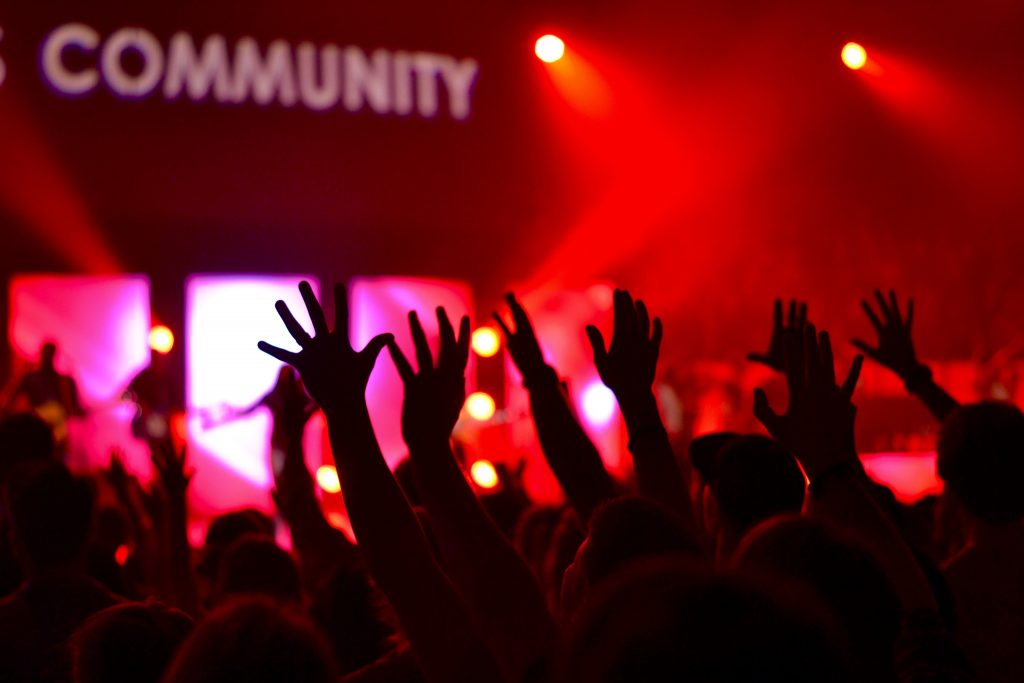In my earlier article about Building Communities, I mentioned how some communities just grow into existence in an organic way, while others can be like a construction site for some time: carefully planning strategy and structure, to lay down a foundation for the community to evolve further .
Somebody asked me once if I could share 3 tips how to start a community. In my over enthusiastic way of dealing with things, I had one tip only:
Just start!
Community management is a hot topic and communities are a way into the future. There is a lot of theory about communities and community management that you can read on websites like, Community Roundtable, Feverbee, CMX Hub etc. To me, the essence of ‘Just start!’ is getting people together and start small. Mindfulness and awareness will get you a long way without digging into the ‘Ultimate Guide To C ommunities’©.
Once you have a community running in some form or the other, now comes the time to maintain and grow your community. You will be looking for new people, different people and connecting to other communities. Maintaining a community is like maintaining a garden. A garden flourishes when there are a lot of different flowers, varying in size, color and the soil is fertile.
The Soul of a Community
What makes it desirable to be a part of a community?
With this question in mind, Gallup and the John S. and James L. Knight Foundation launched the Knight Soul of the Community project in 2008. Community has many different meanings and, in this research, community means ‘place to live’.
After interviewing close to 43,000 people in 26 communities over three years, the study has found that three main qualities attach people to place:
- social offerings, such as entertainment venues and places to meet,
- openness (how welcoming a place is)
- and the area’s aesthetics (its physical beauty and green spaces).
The Soul of a Online Community
Of course this does not fit directly with the often globally-dispersed, online communities we are dealing with. Although close, I started to think about what the Soul for these online communities would be. After some thought, I believe these qualities describe what an online global community is about: .
- openness (how welcoming is the community)
- engagement (communication channels and events)
- purpose (what value does the project/community deliver)
If these qualities are met and cared for, they will provide a good litmus test for community maintenance.
Like I mentioned earlier, awareness, both inbound and outbound, plays a large part in managing a community. Awareness!. Your members need to feel happy in your community with their role and looking at the three qualities these make up the social collaboration communities are about. Outbound awareness is directed at potential members. Be aware of what will people make them want to join your community.
My recommendation in dealing with any project is to step back once in awhile, maybe even a few times a day, to get away from the distractions of daily business and to look on progress from distance. Being very focused on an end goal actually makes us lose awareness of the very social collaboration on which any community is grounded . I wrote about pausing before. Leadership coach Lolly Daskal warns to hit the pause button before it hits you! Awareness, especially self-awareness, is a strong predictor of overall success as a leader.

Meanwhile, let’s have a closer look at the three qualities:
Openness
When dealing with communities, soft skills come into play. This is the nature of communities. A community needs cheering, appreciation and respect to blossom. Being open is one of the most important soft skills and, from the health perspective of your community, is just as important as measurable skills focused on production. However, saying you are open is not the same as being open.
Openness is not passive, it means taking action. It is vital to promoting your values and to reach out to people who might not be the most obvious candidates to join. Many structures these days are based on meritocracy. While, on the one hand, it makes sense to reward bold initiative and creativity, on the other, this may not bring out the best of people who are not so straightforward. Try to ask tiny questions in your communication and be open and inviting. A diverse foundation for your community will be the creative basis towards innovation
Engagement
Community engagement describes the workflow within a community, how the community is supported and connected internally, as well as how a community is engaged with society. Engagement is about the social coherence of a community and working together toward an end goal . In maintaining your community, you would like to keep engagement at a high level.
Engagement is also tied to the sense of belonging, something that people look for in a community.
Like meritocracy, engagement also has its pitfalls. The person who engages most is not always the one that knows best.
Step back, pause and check!
Purpose
The purpose of a community is what gets people engaged. The purpose is often the reason why people join a community: a common purpose, revolving around people who are going through the same process or are trying to achieve a similar objective.
In my case, I got involved in the open source community surrounding the software I was implementing for clients. This was the community I built my company on. Others join Greenpeace or XPRIZE, wanting to make the world a better place.
Success is sustained by the purpose of a community. Like minded people share values and goals, and together they have the ability to reach past ‘what is’ and create ‘what can be’. Together, the heads, hearts and souls of many can make a difference that can move a life, many lives, organizations and ultimately our world.
Many different purposes can motivate us to join in a community to reach a goal together. Especially with the communication tools we have these days, it has become easy to work together.

